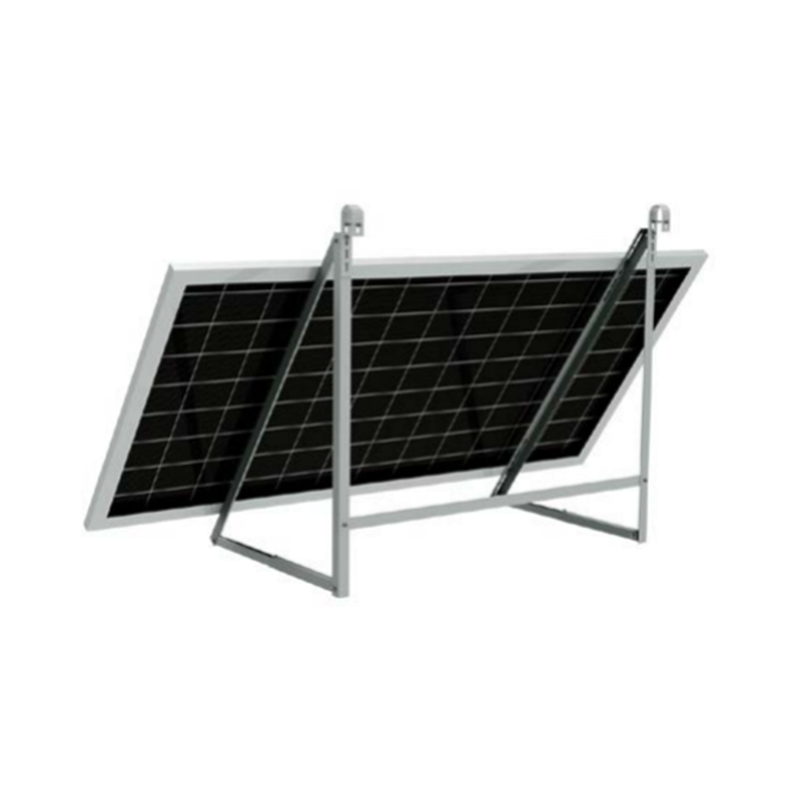-
 FAST SHIPPING
FAST SHIPPING
-
 COMPETITIVE PRICE
COMPETITIVE PRICE
-
 EXCELLENT AFTER-SERVICE
EXCELLENT AFTER-SERVICE
- Home
- Products
- PV Panel
- Full Black Solar PV Modules TP 410W
- Full Black Bifacial Solar PV Modules 420W
- Full Black Solar PV Modules TP 430W
- Solar Module 550W
- Flexible Solar Module 375W
- LONGi-LR5-72HTH-565W Silver Frame Solar Panel
- SUNTECH-STP420S-420W Full Black Solar Panel
- JASolar 435W JAM54D41 Full Black Bifacial Glass Solar Panel
- TW SOLAR 610W MNH66HD Bifacial Solar Panel
- Jinko 620W 66HL4M-BDV Bifacial Solar Panel
- Solar Inverter
- Solar Storage Battery
- Residential Photovoltaic Kits
- Solar Panel Brackets
- Balcony/Garden Photovoltaic Kits
- Outdoor Power Station
- EV charging pile
- Photovoltaic Accessory
- C&I ESS Solution
- PV Panel
- About Us
- News & Events
- Contact Us
Web Menu
- Home
- Products
- PV Panel
- Full Black Solar PV Modules TP 410W
- Full Black Bifacial Solar PV Modules 420W
- Full Black Solar PV Modules TP 430W
- Solar Module 550W
- Flexible Solar Module 375W
- LONGi-LR5-72HTH-565W Silver Frame Solar Panel
- SUNTECH-STP420S-420W Full Black Solar Panel
- JASolar 435W JAM54D41 Full Black Bifacial Glass Solar Panel
- TW SOLAR 610W MNH66HD Bifacial Solar Panel
- Jinko 620W 66HL4M-BDV Bifacial Solar Panel
- Solar Inverter
- Solar Storage Battery
- Residential Photovoltaic Kits
- Solar Panel Brackets
- Balcony/Garden Photovoltaic Kits
- Outdoor Power Station
- EV charging pile
- Photovoltaic Accessory
- C&I ESS Solution
- PV Panel
- About Us
- News & Events
- Contact Us
Product Search
Exit Menu
Product categories
News categories
RECENT POSTS
-
How Power Electronics Are Shaping the Performance and Efficiency of Modern EV Charging Piles
Apr 23,2025 -
Lietuva investuoja į tvarumą: 15 mln. eurų parama atokiems saulės energijos parkams plėtoti
Apr 21,2025 -
Lithuanian Government Introduces €15 Million Scheme to Support the Development of Remote Solar Power Plants
Apr 21,2025 -
Atnaujintos paramos sąlygos saulės elektrinėms: virš 50 mln. Eur kvietimai jau vasario pabaigoje
Apr 21,2025 -
Updated Support Conditions for Solar Systems: Over 50 Million Euros in Calls Starting at the End of February
Apr 21,2025
Key Considerations for Renters Installing a Balcony Solar Mounting Kit
Renters considering the installation of a balcony solar mounting kit face several unique challenges and considerations that differ from those encountered by homeowners. The primary factor is obtaining permission from the landlord or property management. Most rental agreements include clauses that restrict modifications to the property, so it’s crucial for renters to secure written consent before proceeding. This step helps avoid potential disputes and ensures that the installation aligns with the terms of the lease.
Another important consideration is the structural integrity of the balcony. Many buildings have specific regulations or guidelines for mounting structures, and it is essential to verify that the balcony can support the weight of the solar panels and mounting kit without causing damage. Renters should look for mounting solutions designed for temporary installation or those that do not require permanent alterations, such as systems that use clamps or non-permanent fastenings.
Aesthetic concerns and the overall impact on the property are also significant. Landlords may have preferences regarding how modifications should appear, and the installation should not interfere with the balcony’s design or usage. Additionally, the visibility and potential visual impact of the solar panels should be discussed with the landlord to ensure that the installation meets any property aesthetic guidelines.

For renters, it is also important to consider the implications for energy use and billing. Depending on the setup, there may be adjustments needed to utility agreements, and renters should understand how energy production will be monitored and managed. In some cases, sharing generated solar energy with other units or dealing with shared utility meters might require careful coordination.
Maintenance responsibilities are another key aspect. Renters need to clarify who will be responsible for the upkeep of the solar panels, including cleaning and any necessary repairs. Understanding these responsibilities in advance helps in managing the system effectively and ensures that both the renter and landlord have clear expectations.
Insurance and liability concerns also come into play. Renters should check whether the landlord’s insurance covers potential damage caused by the installation or if additional coverage is needed. It’s important to clarify liability issues to avoid complications related to property damage or installation issues.
Finally, compliance with local regulations and building codes is essential. Renters must ensure that the installation adheres to local rules and, if applicable, homeowners association (HOA) regulations. Some areas may require permits or have specific requirements that must be met.
By addressing these considerations, renters can navigate the process of installing a balcony solar mounting kit while respecting property guidelines and ensuring a successful and compliant installation.
←
What are the key differences between string inverters, microinverters, and power optimizers?
→
Emerging Trends and Future Innovations in the Commercial EV Charging Pile Industry
related products
 +39 3444606026
+39 3444606026 [email protected]
[email protected] De Werf 11, 2544 EH The Hague, The Nederland.
De Werf 11, 2544 EH The Hague, The Nederland. WhatsApp: +1 (917) 257 2995
WhatsApp: +1 (917) 257 2995
Copyright © 2023 Uni Z International B.V. VAT: NL864303440B01 All Rights Reserved



 0
0


 italiano
italiano Polskie
Polskie Nederlands
Nederlands Deutsch
Deutsch Français
Français Español
Español Український
Український











